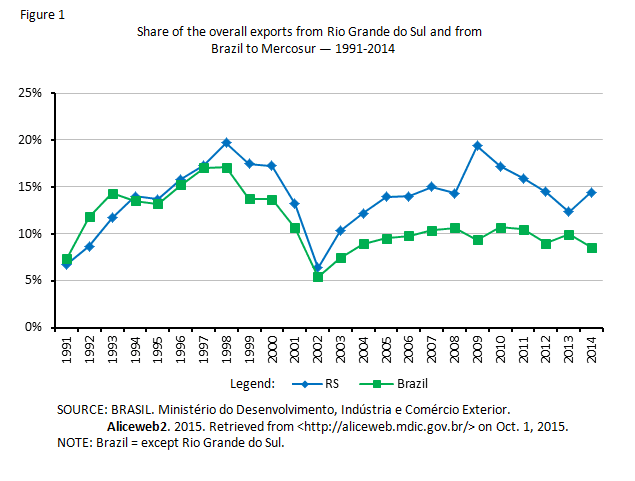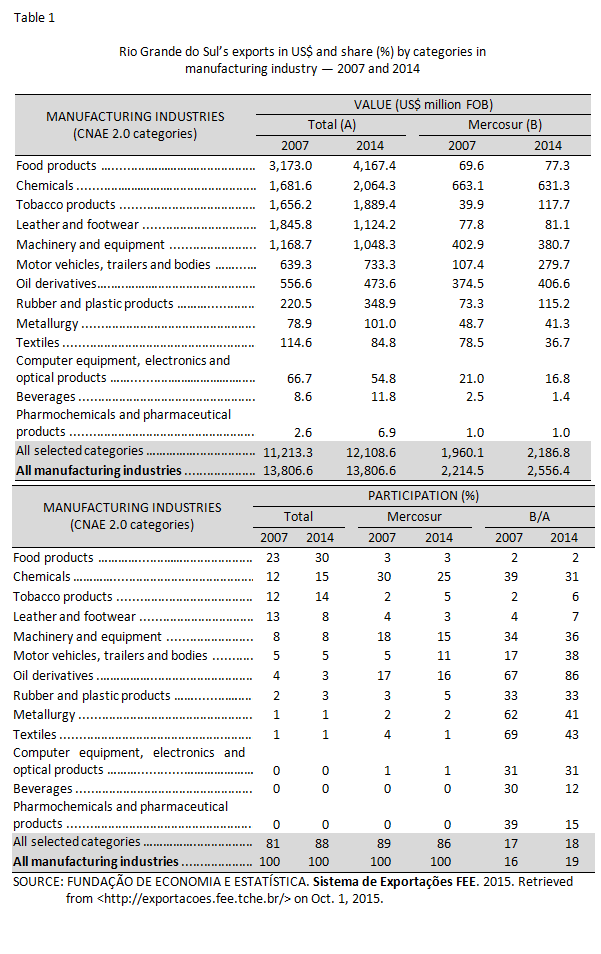Jorge Arbache, a Professor of Economics at the University of Brasília, is the former chief economist of the Brazilian Ministry of Planning, Budget and Management. His previous positions also include senior economic advisor to the President of the National Bank for Economic and Social Development (BNDES) and senior economist at the World Bank in Washington, D.C. Arbache holds a Ph.D. in Economics and a B.A. in Economics and Law. His main current research interests are sectorial competitiveness, investment, productivity, technology and trade.
In an interview to Panorama, Jorge Arbache evaluates the challenges for foreign trade and points out that the costs are no longer what determines the competitiveness of nations and enterprises. He comments on the obstacles faced by developing countries for their integration into the international trade and argues that Brazil’s focus on the production and export of commodities traps the country in a backward situation. Arbache explains the weakening of multilateral agreements, positions himself on the challenges that mega deals represent for Brazil and evaluates the productivity of the Brazilian service sector.
By: Tomás Torezani
Panorama: In recent decades, several processes have decisively changed the configuration of the international economic order, especially the fragmentation of production in global value chains, the role of multinational companies and the growing importance of China. Do these movements bring new challenges to foreign trade in the 21st century?
Yes, many new major challenges, particularly for developing and emerging countries that are still looking for a “place in the sun” in the twenty-first century. Costs are losing relevance in determining the competitiveness of nations and enterprises. Robots, the “Internet of things”, artificial intelligence, 3D printers, manufacturing 4.0, new energy, nanotechnology, etc. reduce part of the conventional production costs of the final value of products. Yes, they still are and will be very important for a long time, but what increasingly determines competitiveness is the ability to produce value added to things. “Commoditized” goods and services will be less and less able to promote the full and inclusive economic development.
Panorama: With the weakening of the multilateral agenda of the World Trade Organization (WTO), preferential trade agreements have been signed. Can recent mega deals that begin to take shape be considered a new stage of globalization?
The weakening of multilateral agreements is due to the change in orientation of the United States and other countries in favor of the plurilateral agenda, letting the multilateral agenda die of inaction. Plurilateral agreements, such as the TPP[1] and the TISA[2], are already tacitly replacing multilateral agreements and, later, will expressly replace them. The problem is that the plurilateral agreements are neither concerned with the development agenda nor consider the huge inequality between countries in terms of their technological status quo, innovation, per capita capital inventory, access to credit capacity, intellectual property, whether or not they host global corporations, etc. Virtually the whole digital economy is in the hands of a few giant firms, and almost all of them are in the U.S. and a few are in Europe. It is an agenda that basically aims to extend the benefits of those who already have an advantage. Maybe it’s the globalization in its most questionable step from the point of view of access to productivity, growth and prosperity convergence opportunities for all.
Panorama: What are the major obstacles that emerging countries are facing in order to assertively integrate themselves into the international trade? And, in the case of Brazil, how does the country position itself in the trade negotiations?
The major obstacles are associated with the inability, in the foreseeable future, to reduce the knowledge and technology gaps, which keep expanding. Yes, in part, the gap increases due to the ultra-mercantilist posture of the advanced countries. But in large part it is due to ourselves, because we insist on confronting the relevance of knowledge agendas in their various dimensions: basic education, science and technology, innovation, professional education, production management, cooperation between universities and companies. As for the position of Brazil in the negotiations, we have focused on agendas that favor the production and export of commodities, which can be good in the very short term, but which worsens even further our situation of backwardness and increases our detachment from the countries that develop and produce high value added goods and services.
Panorama: The attention given to the role played by services produced and marketed globally has been increasing lately. What is your opinion about the real importance of the sector for international trade and the growth prospects in the current world economic order?
One of the characteristics of globalization is the consolidation of markets, namely, the reducing number of players in the segments that matter the most. This is already happening before our eyes in the food, automobiles, processors, glass, aircraft, supermarkets and insurance markets, and so on. In some markets, it is now more difficult for a company that operates only nationally to compete with companies that operate globally, let alone companies at state and municipal levels.
Panorama: The services’ share of value added of global exports is increasing. However, the weight of the sector in Brazilian exports and its productivity in the economy as a whole are still low. How much can services represent for the country’s trade, investment and technology flows?
Services now account for 54% of global trade, when counted in Value Added. It is estimated to be 75% by 2025. Therefore, exported final services, such as insurance policies and, more importantly, services “embedded” in the production of industrial, agricultural and mineral goods are simply crucial to the competitiveness of enterprises and the prosperity of nations. In Brazil, services are the main component of the gross value of industrial production. Their share is high among exported products. The more elaborate the product, the larger that share can be, which is not our case, because we export many commodities and commoditized industrial goods, such as cellulose and sugar. Finally, as the productivity of our service sector is very low and has stagnated, services “intoxicate” the other sectors, undermining their competitiveness. This helps to explain inflation, in general, and our low international competitiveness.
[1] Trans-Pacific Partnership.
[2] Trade in Services Agreement.





